
Katniss has been rescued by the rebel alliance of District 13 — thought to have been destroyed by the Capitol — but Peeta was left behind to be captured by President Snow’s forces. Beyond deciding whether or not to become the symbol — the MOCKINGJAY — of the rebellion, Katniss must further realize that she needs to make adult decisions, decisions that could impact the fate not only of the rebels, but of the human race. Along the way, she will reconnect with Gale, her family, Finnick, and others from the Games, but she also will be hit hard by the tragedy of loss, even those losses she was too numb or too blind to notice when they occurred. As part of her evolution, Katniss must learn to discern for herself the best course of action and how her actions impact others, as well as how each side is manipulating every move she makes.
“After about twenty minutes, Johanna comes in and throws herself across the foot of my bed. ‘You missed the best part. Delly lost her temper with Peeta over how he treated you. She got very squeaky. It was like someone stabbing a mouse with a fork repeatedly. The whole dining hall was riveted.'” (page 244)
Collins has a firm grasp of how a young teenage girl would react to high levels of danger, betrayal, and dystopian heartbreak. Her no-nonsense prose keeps the plot moving quickly and easily paints a picture that young and adult readers become lost in. Time flies quickly as readers get absorbed in the rebellion, cheering on Katniss and her struggle to find her rightful place. However, there are moments when the reader will want the plot to move more quickly or will want more action or will wonder why Collins is beating them over the head with the references to the oppressive nature and rigidity found in District 13. At one point, it seems that the narration takes on a preachy tone as the benefits of democracy are heralded above the current, rationing-and-sharing government of District 13 and the power wielded by the dictatorship of the Capitol. However, readers will easily forgive this digression as the action picks up once again.
What’s ironic about this third book is that Prim, Katiniss’ younger sister, seems more mature, while Katniss is still childlike and impulsive. Prim seems to have matured in a way that Katniss, who has seen more violence, could not — perhaps because Katniss’ childhood was a place she could retreat to and feel safe. Prim’s character development is not spelled out, but readers are likely to enjoy the new dynamic between her and her sister. A number of secrets about the Capitol and what happened in District 13 are revealed, rounding out the trilogy. Compared to the other books in the series, Mockingjay does not have as much action, but overall, it is a satisfactory end to this dystopian trilogy.
This is my 9th book for the 2011 Wish I’d Read That Challenge. I’ve wanted to read this since I pre-ordered the book from Amazon. It’s about time I read this one.


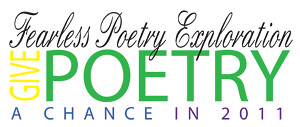
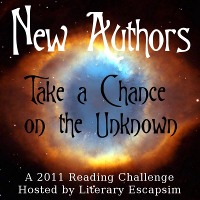


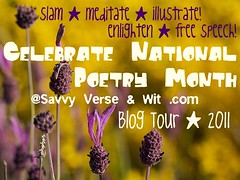
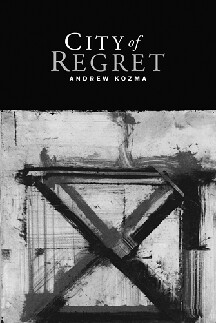
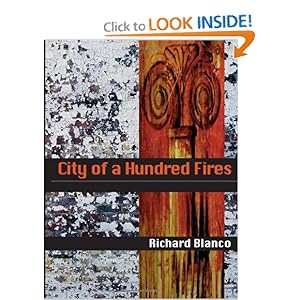



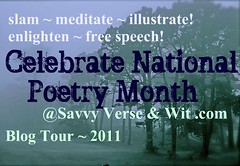


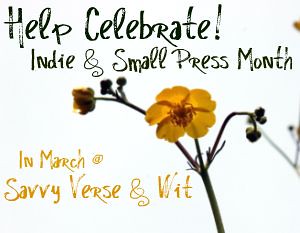
 About the Author:
About the Author:



